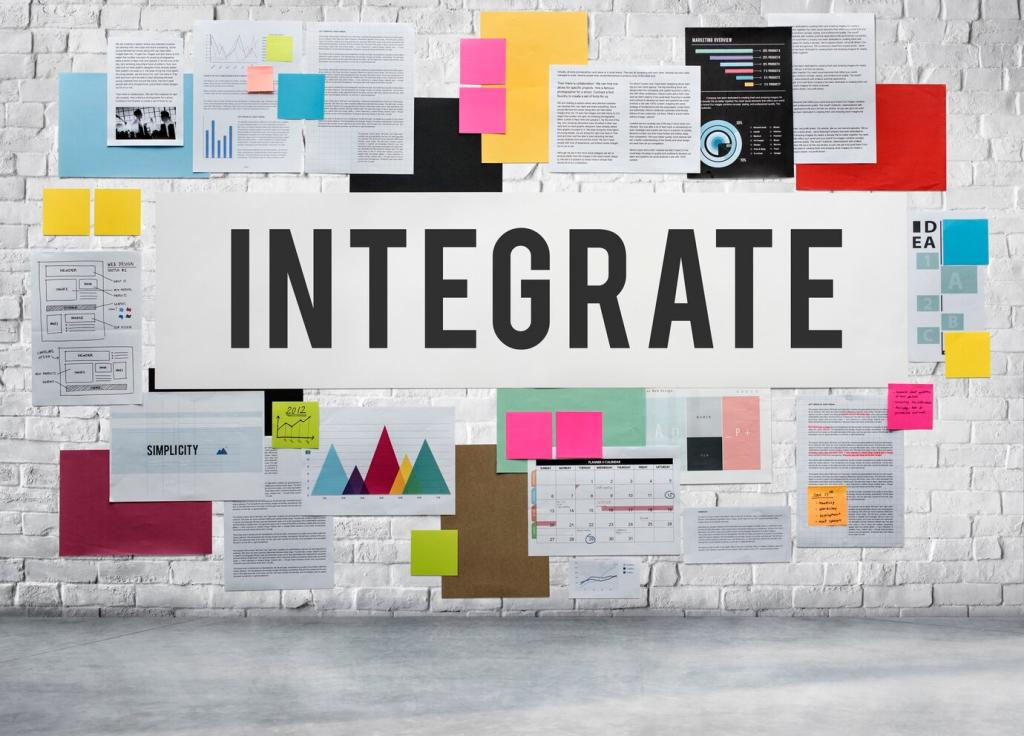
Measuring Economic Outcomes of Social Interventions
Chosen theme: Measuring Economic Outcomes of Social Interventions. Welcome to a warm, evidence-loving space where numbers meet stories and policy meets people. Join us to explore how rigorous measurement turns compassionate ideas into sustainable impact worth funding, scaling, and sharing.
Why Measuring Economic Outcomes Matters
From Hope to Proof
Communities deserve more than promises. Measuring economic outcomes shows whether social programs actually increase earnings, reduce public costs, or build human capital, turning heartfelt ambitions into credible results donors, governments, and voters can trust.
A Story from a Job-Training Pilot
A small city launched a training pilot for displaced workers. The anecdotes were glowing, but only after tracking wages and employment stability did leaders see sustained income gains that justified expanding the program citywide.
What Stakeholders Need
Policy makers want net benefits, taxpayers want value, and communities want fairness. Clear economic metrics align these priorities, helping coalitions co-invest, iterate, and confidently sunset what doesn’t work. Tell us your audience, and we’ll tailor guidance.
Choosing the Right Economic Indicators
01
Direct and Indirect Outcomes
Direct outcomes include earnings, employment, and business revenues. Indirect outcomes capture reduced healthcare utilization, lower justice-system involvement, or improved school attendance that translate into long-run productivity and public savings beyond immediate program touchpoints.
02
Cost-Benefit, Cost-Effectiveness, and SROI
Cost-benefit analysis monetizes benefits to compare against costs; cost-effectiveness compares cost per unit outcome; Social Return on Investment integrates broader stakeholder value. Choosing depends on data availability, audience expectations, and whether benefits are easily monetized.
03
Equity-Sensitive Metrics
Average gains can hide disparities. Disaggregate outcomes by gender, race, location, and baseline disadvantage. Track distributional impacts to reveal who benefits most, then adjust programming to ensure equitable returns and inclusive economic growth.
Collecting Reliable, Actionable Data
Linking program records with tax, wage, education, or health data can reveal long-term outcomes at lower cost. Prioritize data-sharing agreements, robust anonymization, and clear consent so participants’ privacy is protected while insights remain actionable.


Collecting Reliable, Actionable Data
When administrative data are limited, well-designed surveys capture quality-of-life, informal income, and household spillovers. Longitudinal tracking establishes trends and persistence, while incentives, mixed modes, and careful sampling reduce attrition and measurement bias.

Turning Outcomes into Monetary Value
Market prices often miss true social value. Use shadow pricing for volunteer time, caregiver burden, or environmental spillovers. Estimate avoided costs in health or justice systems to capture broader benefits beyond direct participant earnings.

Turning Outcomes into Monetary Value
Many social benefits arrive later—education, health, resilience. Apply transparent discount rates, test alternatives, and report sensitivity analyses. Align time horizons with realistic outcome maturation, especially for youth, early childhood, or preventative public-health interventions.
Implementation Fidelity and Real-World Complexities
Track caseloads, staff training, outreach quality, and participant engagement. Small operational tweaks—like session timing or childcare support—can unlock big economic gains by improving participation, reducing dropout, and ensuring services reach those who benefit most.

Communicating Results that Move Policy
Visual Storytelling with Integrity
Lead with the problem, show the counterfactual, then present net benefits and uncertainty bands. Simple charts, relatable captions, and transparent assumptions build trust while keeping economic insights accessible to non-technical stakeholders.
Coalitions and Co-Creation
Engage community leaders, participants, and frontline staff in interpreting findings. Co-created recommendations tend to be feasible, equitable, and fundable. Invite readers to comment with partners who should join your next evidence workshop.
From Report to Action
Translate results into decisions: scale, adapt, or stop. Provide costed options and timelines. Close the loop by publishing updates, inviting feedback, and inviting subscribers to join quarterly learning sessions tracking outcomes against targets.
Join our mailing list
